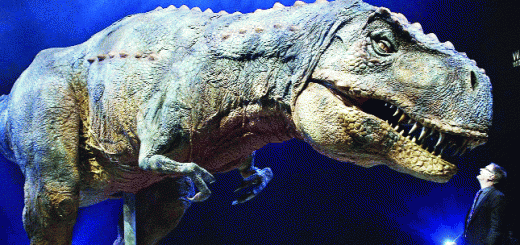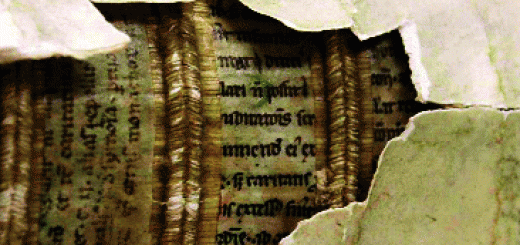World’s Largest Matrilineal Society
In the highlands of West Sumatra, a man is considered a guest in his wife’s home. But that is not all of it. Through the following pictures you will ride through an exceptional society which you did not think exist in the contemporary world, close to your neighbor.
Ruled by women
Indigenous to the highlands of West Sumatra, Indonesia, the Minangkabau ethnic group is the world’s largest matrilineal society.
Legend has it that in the mid-12th Century, King Maharajo Dirajo, who established the Koto Batu kingdom, died, leaving behind three infant sons from his three wives. The first wife, Puti Indo Jalito, took charge of the children and the kingdom, thus sowing the seeds of a matrilineal society.
Women take it all
In this unique and complex social structure, ancestral property, such as rice paddies and houses, is inherited by the daughters. Children take their mother’s name, and a man is considered a guest in his wife’s home.
A religious mix
Minangs were traditionally animist, worshipping elements of nature, until Hinduism and later Buddhism arrived from India. Their culture is still based on adat (local customs, beliefs and laws, derived from the animist and Hindu belief systems), while pawang (spirit specialists) are consulted to cure illness, predict the future or communicate with the spirit world. Despite having a matricentric culture, however, the Minangs have also embraced Islam.
A peculiar affair
Unlike regular Islamic tradition where the bride moves into her husband’s house after marriage, the Minang groom moves into the bride’s ancestral home and lives with her family. The dowry is set by the bride’s family, based on the groom’s education and profession.
A new lease of life
Marriages are an elaborate affair. On the wedding day, the groom is picked from his house and taken to the bride’s home for the ceremony, where the marriage rites, or nikah, are performed in accordance to the Islamic rites. The groom is grandly welcomed by dancing girls and men playing the gandang tambua (drum) and talempong (gong chimes).
Pomp and show
The bride’s family members dress in their traditional best and carry money, gifts and food on their heads to give to the groom.
An egalitarian treatment
Marriage brings about social and economic privileges for Minang women, with senior females controlling all those in the sublineage. As heads of the household and controllers of land and kin, they arbitrate and resolve disputes, reprimand and play a major role in marital talks and various rituals.
Minang men are expected to have a regular source of income and take care of the expenses of raising the children. Many leave their villages in search of work, returning home only occasionally. When they do, they have no say in the domestic affairs of the house.
The victorious buffalo
According to legend, when the King of the Majapahit empire in Java declared war against the Minangkabau, the Sumatra King proposed a buffalo fight instead of a war. The Minangkabau’s buffalo killed the Majapahit buffalo by ramming its sharpened horns into its opponent’s belly.
It’s said that the name Minangkabau comes from Minang, which means victorious, and kabau, which means water buffalo. This is why the roofs of their houses and the traditional headgear of the women are shaped like a buffalo horn.
Colours of pride
Although the demise of this matrilineal society has long been predicted, the ethnic group has proudly held on to its traditions and managed to withstand the test of time. The black, red and yellow Minangkabau flag symbolises the character of the three main regions of the highlands: Luhak Limopuluah Koto for their rebellious nature, Luhak Agam for bravery and Luhak Tanah Datar for the origin of culture and custom.












Recent Comments